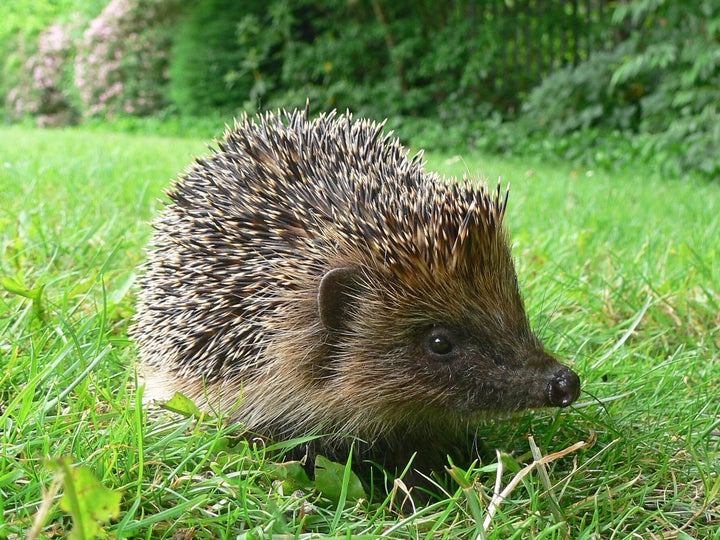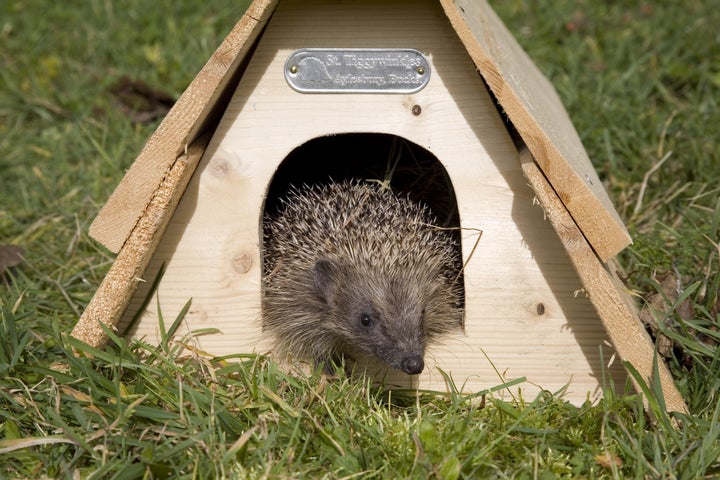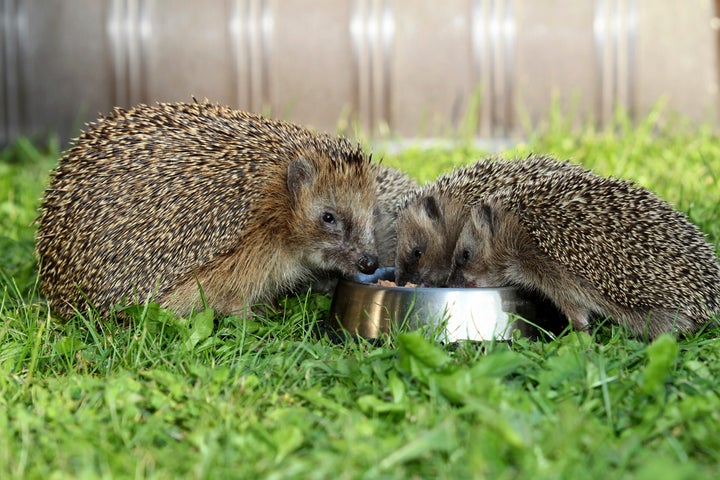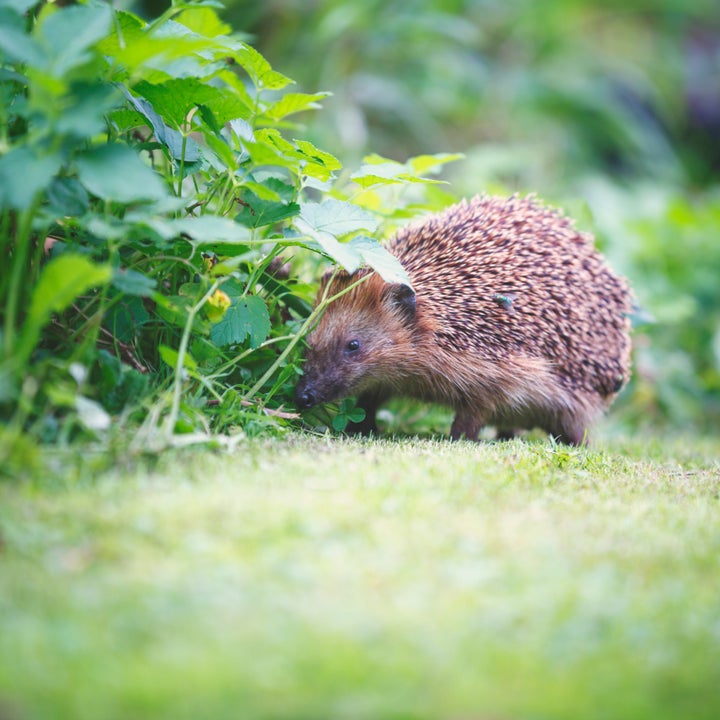
Not seen a hedgehog in a while? You’re not the only one. BBC Gardeners’ World Magazine’s annual survey has found six in 10 people (57%) did not see a hedgehog in their garden last year.
The prickly bundles of cuteness appear to be in rapid decline. In 2016 more than half (51%) said they’d had a hedgehog-free garden, while just under half (48%) didn’t see a hedgehog in 2015.
A world without hedgehogs is a very sad place indeed, but thankfully, you can help boost the population by ensuring your garden is a safe and welcoming environment for hedgehogs to flourish.
Here’s everything you need to know about transforming your garden into a mecca for the much-loved mammal.
How can you attract hedgehogs to your garden?

The first step to attracting the creatures to your garden is making sure its accessible, so help hedgehogs to travel around by using fencing with gaps, cutting a hole in your fence or digging a tunnel underneath.
The Royal Society for the Prevention of Cruelty to Animals (RSPCA) also recommends leaving wild, insect-friendly areas in your garden to encourage invertebrates for hedgehogs to eat. Put simply, over-gardening may discourage hedgehogs from your patch.
Creating a house for hedgehogs to nestle down in will also put your garden head and shoulders above the rest. RSPCA’s head of wildlife Adam Grogan tells HuffPost UK an artificial home “can be as simple as placing a piece of board against a wall”. For something extra cosy “use logs, compost and leaf piles for nesting mothers, hoglets and hibernating hedgehogs,” he says.
Tips on how to create a more advanced hedgehog house can be found on the British Hedgehog Preservation Society’s website. Or if you’re short on time, you can buy a ready-made hedgehog home (like the one pictured above) from most garden centres.
What should you feed hedgehogs?

Grogan says you should never feed hedgehogs bread or milk, because cow’s milk can give them diarrhoea and bread is very low in nutrients. Instead, provide plain, fresh water in a shallow bowl.
“You can supplement a hedgehog’s natural diet by leaving out food such as minced meat, tinned dog or cat food (not fish), crushed dog biscuits, unsalted chopped or crushed peanuts, sunflower hearts, dried mealworms or chopped boiled eggs,” he says. “Bird food suppliers often sell readymade hedgehog food.
How can you make your garden safe for hedgehogs?

You don’t want to attract hedgehogs to your garden only to put them in danger, so cover drain holes to stop little ones falling in.
“Ensure that any garden netting is well above ground level and pack away fruit and sports netting when not in use,” Grogan adds. “If you have a pond, keep hedgehogs safe by making sure it has a shallow slope so they can easily get out.”
Chemicals like slug pellets can poison hedgehogs so Grogan says you should only use them in gardens “as a last resort”. Pesticides will also reduce the amount of food available for hedgehogs, so should be used sparingly or not at all.
“Check for hedgehogs before using strimmers or mowers, particularly under hedges where animals may rest,” Grogan says. “Check compost heaps for nesting hogs before forking over, build bonfires as close to time of lighting as possible and check them thoroughly before lighting.”
For more information on maintaining a hedgehog haven, visit the RSPCA’s website.